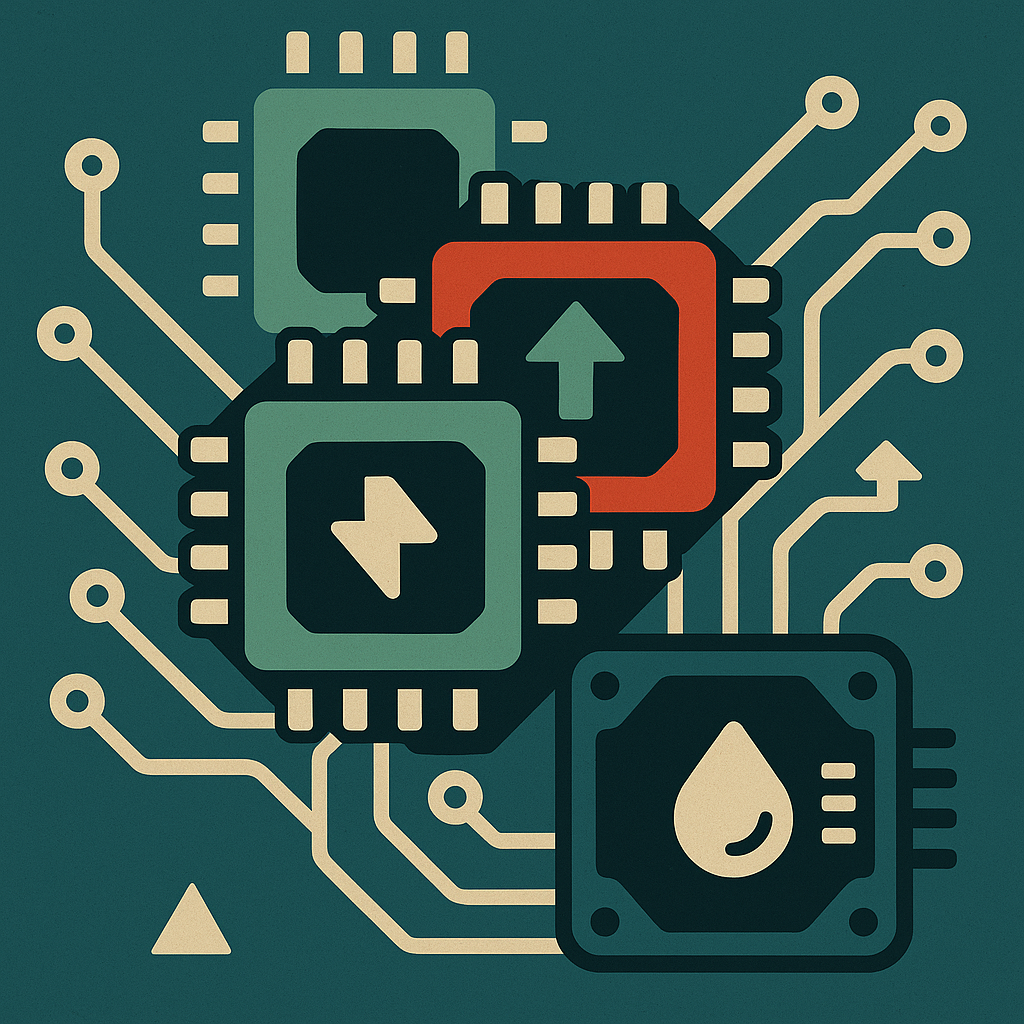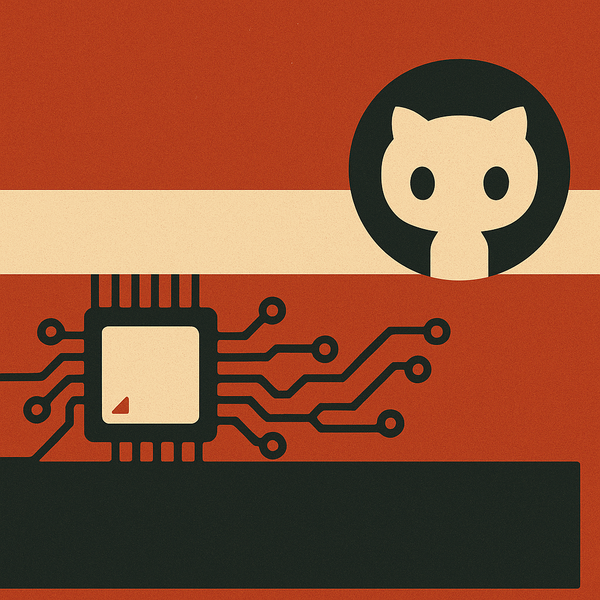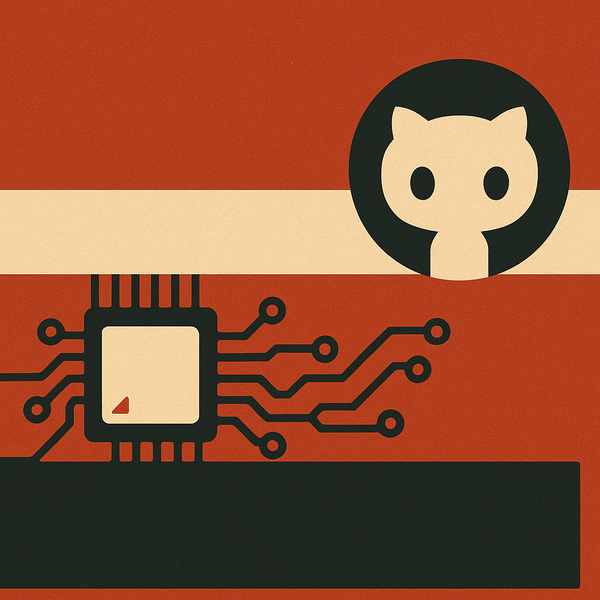Why SPI Flash matters for SBCs
SPI flash stores critical bootloader firmware on SBCs, ensuring faster and more reliable boot processes than SD card-based systems.

Single Board Computers (SBCs) have revolutionized hobbyist electronics, IoT, and embedded systems, offering powerful computing in a compact form. While much attention is given to the main processor and RAM, a small but critical component often goes unnoticed: the SPI (Serial Peripheral Interface) flash memory. This non-volatile memory plays a fundamental role in the boot process and overall functionality of many modern SBCs, though it's important to note that not all SBCs include an SPI flash chip. However, a significant number of popular boards do, and its presence can greatly enhance a board's flexibility and reliability.
What SPI Flash does
SPI flash is a type of memory that retains data even when the power is off, making it ideal for storing the low-level software that an SBC needs to start up. Unlike the operating system, which is typically stored on an SD card or eMMC module, the bootloader and other essential firmware reside on the SPI flash. This small chip acts as the initial stepping stone in the boot sequence, instructing the main processor on where to find the rest of the software needed to load the operating system. Without it, the SBC would be inert, unable to even begin its startup routine.
Key advantages of SPI Flash
The use of SPI flash on an SBC offers several key advantages. The primary benefit is boot reliability. While an SD card can become corrupted or dislodged, causing the system to fail to boot, the SPI flash is soldered directly to the board. This makes the bootloader much more resilient to physical and logical issues. It ensures that even if the primary storage media is damaged, the SBC can still enter a recovery mode or provide an interface for flashing a new image.
Another major advantage is boot speed. Because the SPI interface is a high-speed, four-wire protocol, it can transfer the bootloader data to the processor very quickly. This reduces the time it takes for the system to initialize, leading to a faster and more responsive startup. For many embedded applications where boot time is a critical factor, such as in industrial automation or smart home devices, this speed is a significant benefit.
Beyond just the bootloader, SPI flash can also store other critical information, such as device trees, which describe the hardware layout to the kernel. This allows for more flexibility and easier updates for board-specific configurations. The ability to update the firmware on the SPI flash also enables a host of new possibilities, including network booting (PXE) and advanced power management features that are independent of the main operating system. For developers, this means a more robust platform for prototyping and deploying custom applications.
The growing importance of SPI flash has led to its inclusion on an increasing number of SBCs. Boards like the Raspberry Pi 4 and various models from Radxa and FriendlyELEC utilize SPI flash to enhance their capabilities. It represents a shift towards making SBCs more reliable, versatile, and user-friendly by offloading critical boot functions from external, less reliable storage media.
In summary, while it may be a small and often overlooked component, SPI flash memory is a foundational element in modern SBC design. Its role in ensuring boot reliability, improving startup speed, and enabling advanced features makes it an indispensable part of the compact computing ecosystem. As SBCs continue to evolve, the role of SPI flash will only become more integrated and essential.


